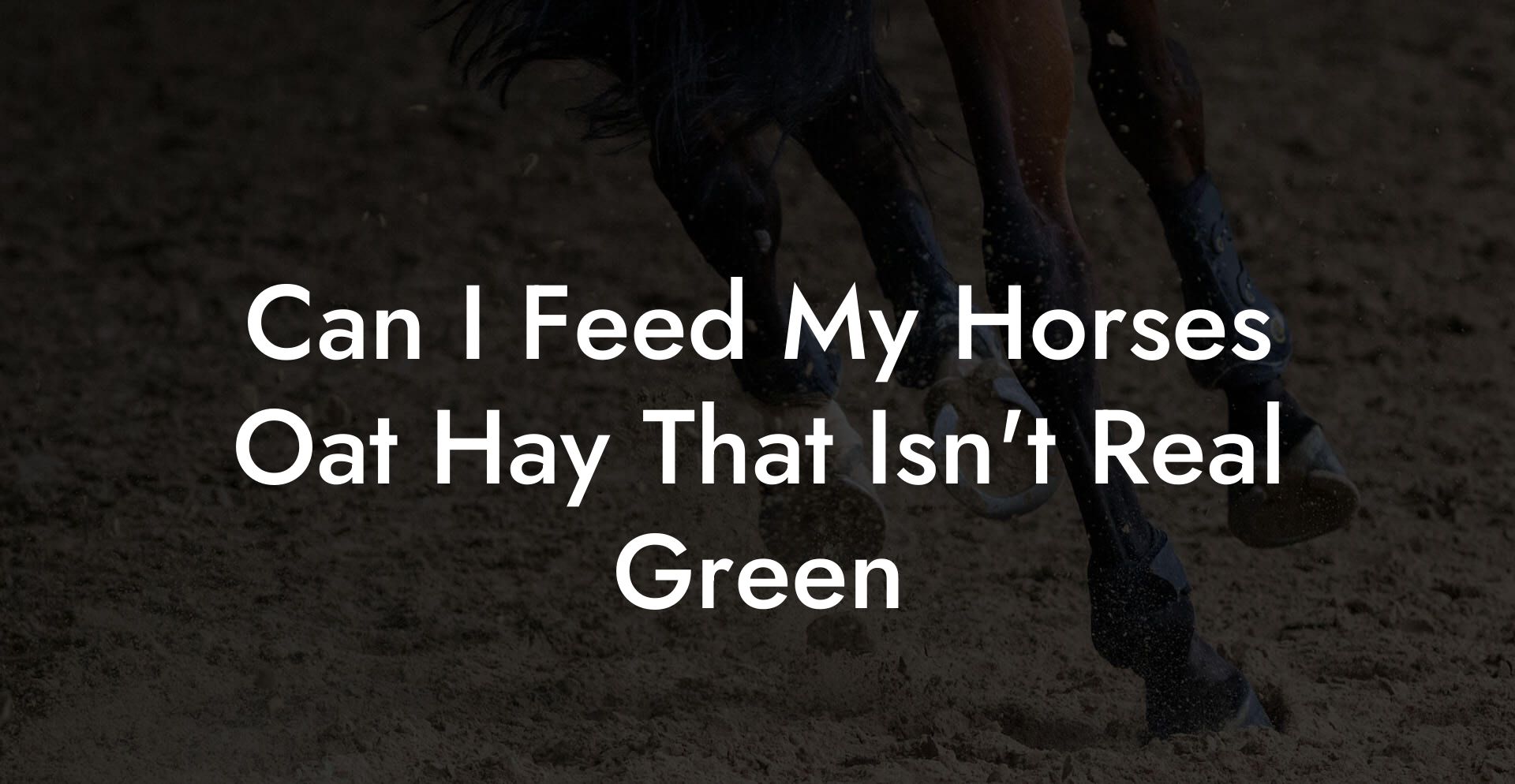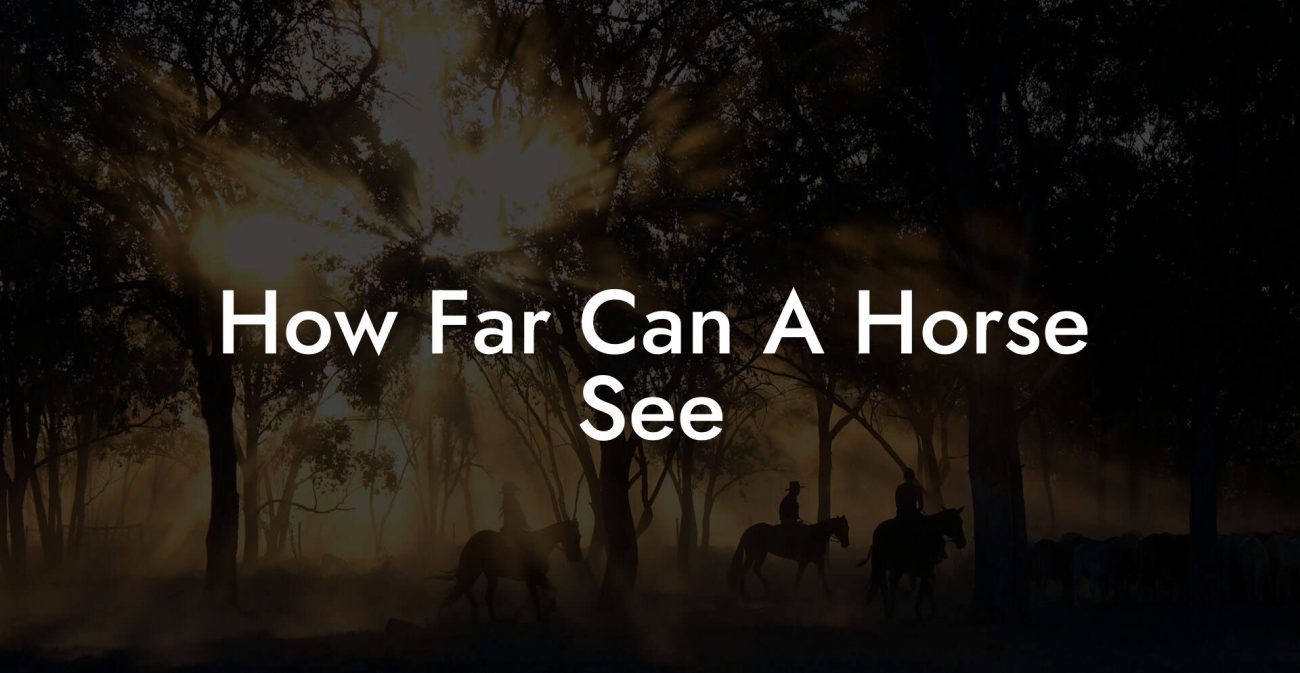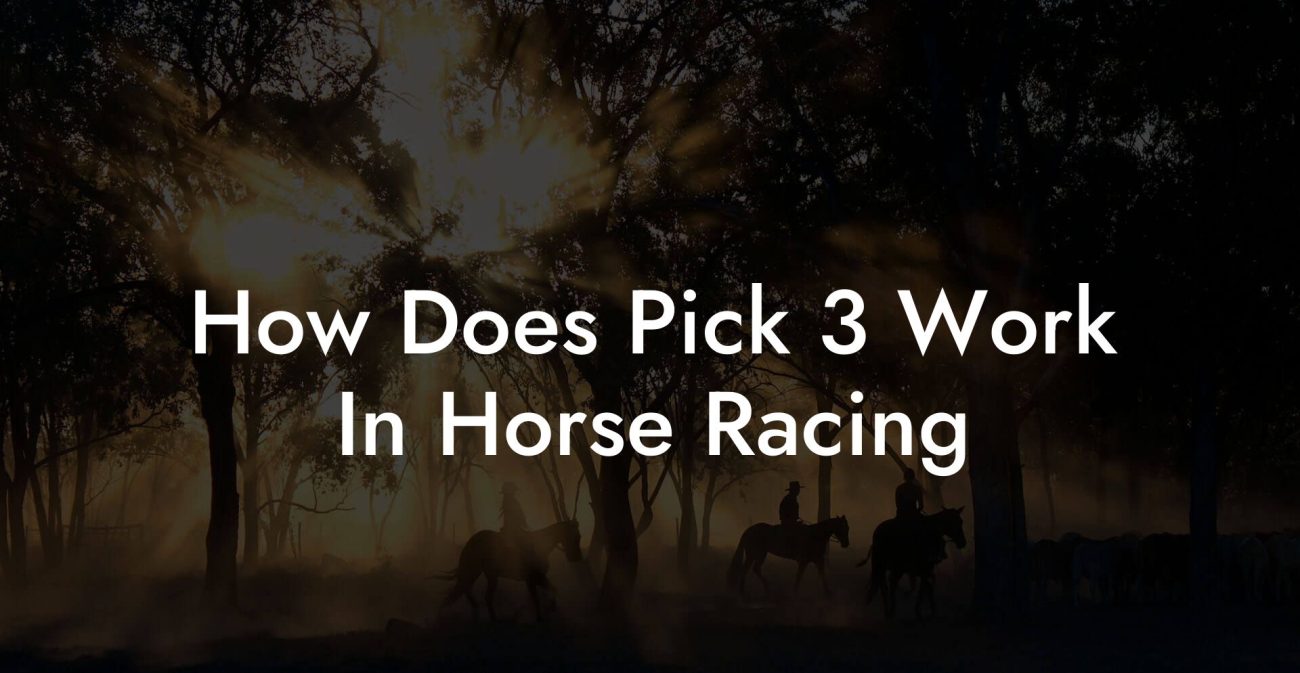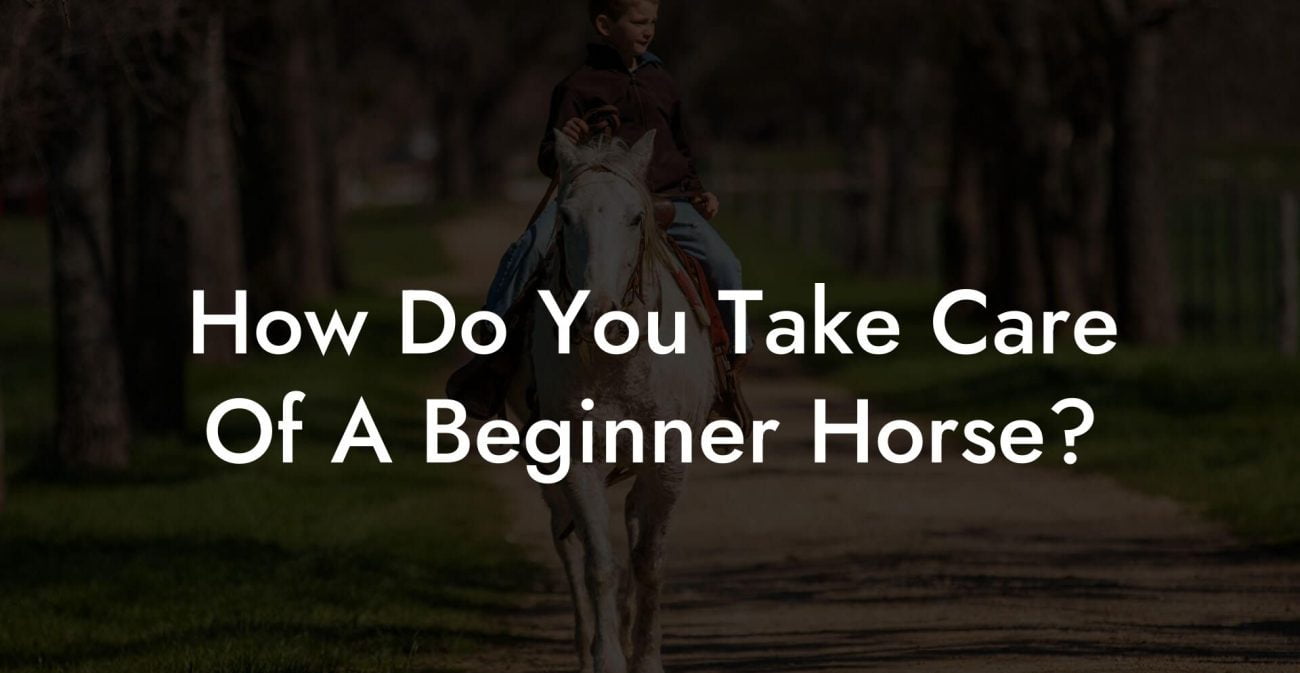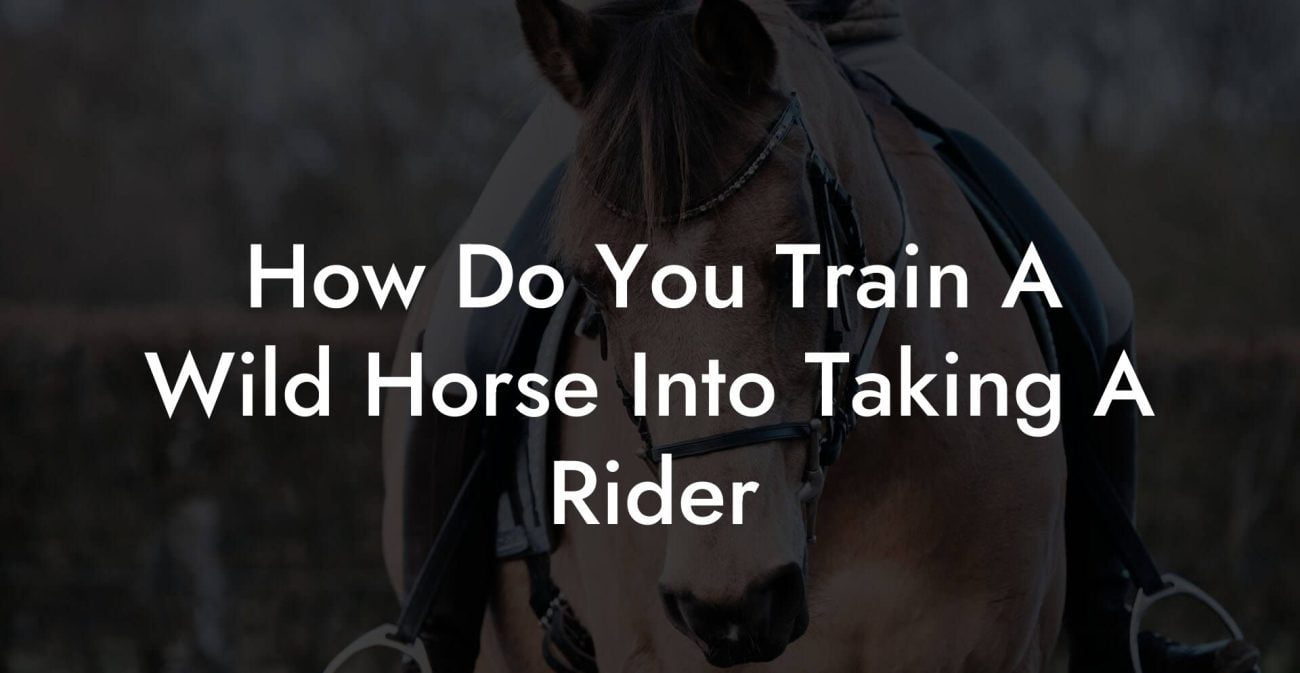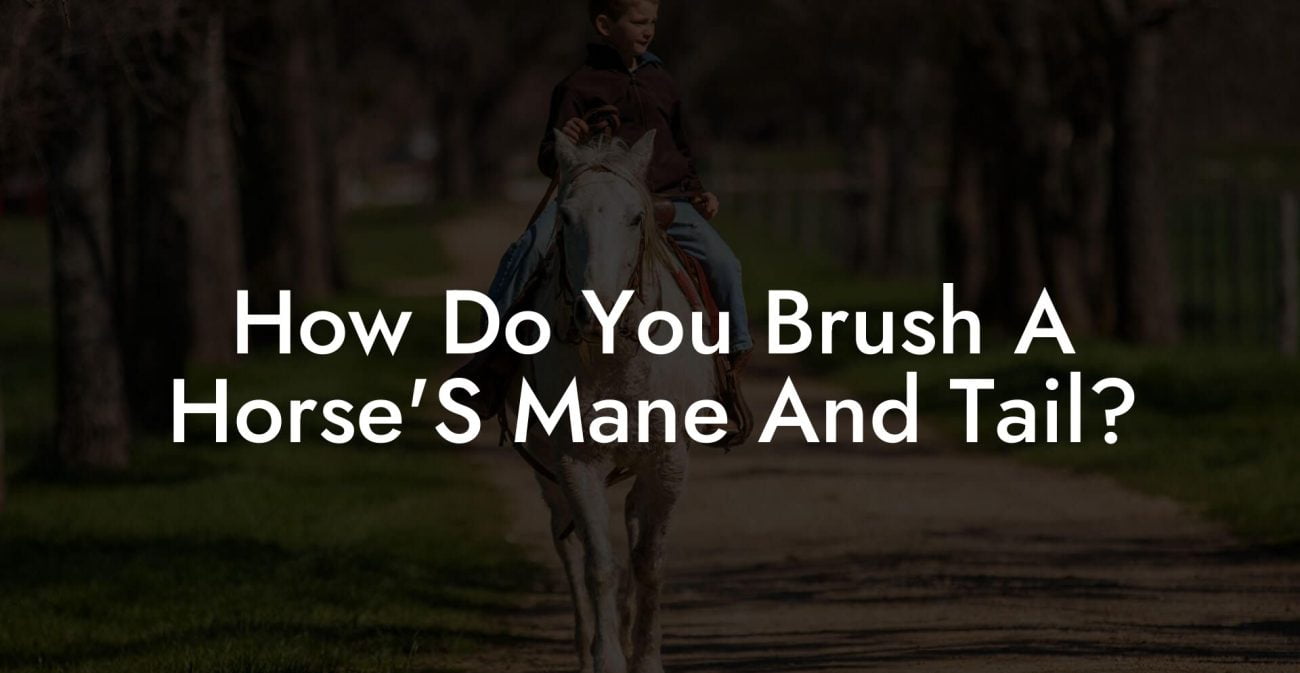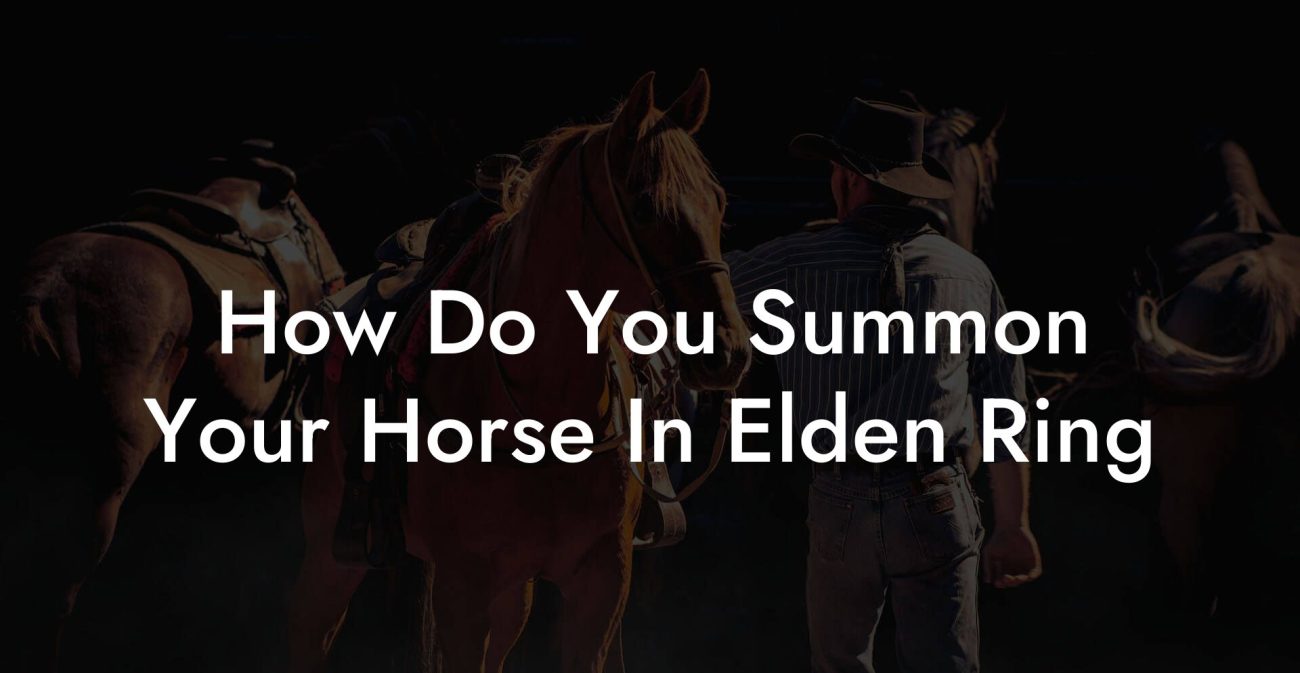Ever found yourself scrolling through endless feed options for your horse, only to stumble upon a head-scratching question: “Can I feed my horses oat hay that isn't real green?” You’re not alone. In a world where aesthetics and authenticity sometimes collide on your Instagram feed, discerning horse enthusiasts are increasingly curious about what really matters when it comes to feeding our equine friends. Let’s dive into the buzz-worthy world of oat hay, peeling back the layers on what "real green" truly means, and how you can confidently choose the best feed for your majestic companion, all while keeping it fun, factual, and fashionably informed.
Quick Links to Useful Sections
- The Fascinating World of Oat Hay: Breaking Down the Basics
- Unpacking the Semantics: What Does “Real Green” Even Mean?
- The Nutritional Breakdown: What’s Really Inside Oat Hay?
- Color in Context: Why “Not Real Green” Might Not Be a Deal Breaker
- Assessing Hay Quality: Tips and Tricks for the Discerning Horse Owner
- 1. Look Beyond the Hue
- 2. Texture is Key
- 3. Analyze the Moisture Content
- 4. Consider the Source
- 5. Compare with Other Hay Types
- Potential Concerns: Are There Downsides to Feeding “Not Real Green” Oat Hay?
- Practical Feeding Tips: Maximizing Health and Happiness for Your Horse
- Balanced Diet Is Paramount
- Feeding Routine: Consistency Matters
- Monitor Behavior and Health
- Storage Is an Art
- Community Voices and Expert Opinions: Real Talk on Oat Hay
- Embracing Sustainability: The Eco-Conscious Approach to Oat Hay
- Resources and Community Support: Your Next Steps
- FAQ: Your Burning Questions About Oat Hay Answered
- Your Next Steps to Mastering Equine Nutrition with Oat Hay
The Fascinating World of Oat Hay: Breaking Down the Basics
Oat hay might sound like something straight out of a quirky farm-to-table Instagram narrative, but it’s actually a time-tested staple in the world of equine nutrition. Derived from mature oat plants that have been allowed to flower before harvest, oat hay is prized for its digestibility and balanced fiber content. While many horse owners rave about the vibrancy of “real green” oat hay, there's a twist to the tale: not all hay that doesn’t sport that vivid green hue is subpar.
In fact, a variety of factors can influence the color of oat hay, some natural, some less so. Weather conditions, soil quality, drying methods, and even storage techniques come together to create a spectrum of hues. So, if your oat hay isn’t channeling a neon green vibe, don't panic just yet. With a little know-how, you can delve into the nuances of hay quality and make an informed choice that respects both your horse’s health and your eco-conscious ethos.
From a nutritional perspective, oat hay stands out for its higher moisture retention and its ability to pack in essential fibers without overwhelming your horse’s digestive system. Ideal for horses with balanced energy needs or those taking a break from high-calorie grains, oat hay serves as a versatile feed option. In the sections that follow, we’ll explore why that “real green” aesthetic might be less important than you think and highlight what truly matters when judging the quality of your horse's oat hay.
Unpacking the Semantics: What Does “Real Green” Even Mean?
Before you toss your oat hay aside because it doesn’t look “Instagram-ready,” it's time to decode what “real green” means in the context of hay production. In the ideal world of equine nutrition, a bright, vibrant green hue is often equated with freshness, nutrient density, and overall quality. But like that perfectly-filtered selfie, the truth behind the scene can be dramatically different.
Real green hay usually indicates that the crop was harvested at an optimal growth stage, when the plants were full of chlorophyll and nutrients, but it can be impacted by a host of variables. Rainfall before harvest, cleanness of the harvest equipment, and the drying process all influence the final look of the hay. Ironically, hay that appears a little dull or slightly brownish isn’t automatically a sign of poor quality; sometimes, it's just a sign of the natural aging process or a different drying method aimed at preserving nutrient content.
For the eco-savvy, Gen-Z, or millennial horse owner, it’s essential to look beyond skincare-level aesthetics. Instead, focus on lab analysis reports, texture, and smell to judge the nutritional integrity and safety of the hay. Remember: in the world of oats, form might sometimes be deceiving, but function always wins.
The Nutritional Breakdown: What’s Really Inside Oat Hay?
If you're the type who double-checks your meal macros, you'll appreciate that oat hay is more than just a pretty face. Its nutritional profile is a carefully balanced cocktail of fibers, proteins, and minimal sugars, making it an excellent choice for maintaining digestive health in horses.
Nutritional highlights include:
- Fiber: Oat hay is packed with digestible fiber, which supports healthy gut motility and overall digestive function. This is particularly beneficial for older horses or those with sensitive digestive systems.
- Protein: While not as protein-dense as some legume hays, oat hay offers a moderate protein content that supports muscle maintenance without overloading the system.
- Moisture: Oat hay generally retains more moisture than its drier counterparts, adding to its palatability while also influencing its color. Sometimes, that extra moisture can give hay a slightly muted color, but it’s a win for digestibility.
- Energy: The overall energy content in oat hay is moderate, which is ideal for horses that do moderate work or as a complementary feed in a balanced diet.
It’s crucial to remember that while visual cues can help indicate quality, the nutritional analysis carried out by reputable suppliers is your best friend. Instead of placing all your trust in a bright, vivid green color, let comprehensive lab reports guide your feeding decisions.
For those of you who is always in the fast lane of thorough research before making every decision, this is the time to check with your trusted equine nutritionist or supplier. Compare the results from different batches of oat hay to see the real variations in nutrient density, beyond the mere color spectrum.
Color in Context: Why “Not Real Green” Might Not Be a Deal Breaker
In a society where the latest trends often dictate perceived quality, the color of hay might seem like a make-or-break factor. But let’s break it down: what truly matters for your horse is the nutritional composition and safety of the hay, not the Instagram-inspired filter that nature may or may not apply.
When oat hay doesn’t present in that iconic bright green shade, it could be due to several logical, natural reasons:
- Environmental Factors: Overcast skies, lower sunlight intensity, or even excess rainfall before harvest can dull the natural vibrance of hay.
- Harvest Timing: Hay harvested slightly later might not boast the same bright appearance as hay cut at peak chlorophyll production, yet it could still be nutritionally valuable.
- Drying and Storage: The process designed to optimize nutrient retention sometimes favors slower drying methods that may alter the vibrant look without compromising quality.
The takeaway here is that “real green” might be more about marketing than measurable quality. Next time you notice that your oat hay looks a bit more muted, take a step back and consider the overall nutritional analysis and storage history. In many cases, you might find that this “not real green” hay is just as good for your horse without any hidden downsides.
Equine nutrition is all about balance and context. A holistic approach that evaluates both the scientific nutritional profile and the practical experiences of fellow horse owners is key to making an informed decision.
Assessing Hay Quality: Tips and Tricks for the Discerning Horse Owner
Whether you're a seasoned rider or a Gen-Z newcomer with a penchant for plant-based aesthetics, knowing how to assess hay quality is a must. Here are some down-to-earth yet effective strategies:
1. Look Beyond the Hue
It’s tempting to equate vibrant green with excellence, but as we’ve discussed, the story isn’t that simple. Instead, give your hay a good sniff and a close visual inspection. Fresh oat hay should have a natural, mildly sweet smell, anything sour or musty is a red flag.
2. Texture is Key
Run your fingers through a handful of hay. It should feel soft and pliable, yet sturdy enough that it doesn’t crumble too easily. A uniform texture usually indicates even harvesting and proper curing methods. In contrast, dusty or excessively brittle hay might have been improperly stored or dried, which can reduce its nutritional value.
3. Analyze the Moisture Content
While oat hay retains more moisture naturally, you don’t want it to be too damp, as this can foster mold growth. If you notice any signs of clumping or musty odors, it might be a sign that the moisture content is off, which could lead to spoilage issues over time.
4. Consider the Source
Buy from reputable sources. Trusted suppliers usually provide detailed records and sometimes even lab analysis that can confirm nutrient levels. This transparency isn't just a nice-to-have, it’s essential for ensuring you’re giving your horse the best.
5. Compare with Other Hay Types
If you’re unsure whether your oat hay is meeting your horse’s nutritional needs, compare it with other hay types like timothy or orchard grass. Each type has its own profile, and understanding these differences can help you create a balanced feeding regimen.
Remember, an informed horse owner is a happy horse owner. By combining sensory checks with solid data from your supplier, you’re in the perfect position to make choices that balance both health and aesthetics.
Potential Concerns: Are There Downsides to Feeding “Not Real Green” Oat Hay?
Let’s address the elephant in the barn: could there be any risks in feeding your horse oat hay that doesn’t match the ideal “real green” profile? The short answer is that there are minimal risks, as long as you’ve done your homework.
Some owners fear that a duller color might indicate reduced nutrient levels or even potential contamination. However, multiple studies and expert opinions have shown that factors influencing hay color (like weather conditions or drying techniques) have little correlation with nutritional degradation. That said, always be on your guard for obvious signs of spoilage or mold, regardless of the color.
The best practice is to perform routine quality checks and be in regular communication with your hay supplier. If a particular batch of hay consistently appears off or if your horse shows any changes in digestive behavior or performance, it might be worth seeking a sample analysis.
In other words, trust informed inspection over aesthetics. With the right due diligence, you can confidently feed your horse oat hay, even if it’s not exhibiting that picture-perfect “real green” sheen.
Practical Feeding Tips: Maximizing Health and Happiness for Your Horse
So, you’ve got your oat hay sorted, is there more to feeding your horse than just checking the color? Absolutely. A holistic feeding strategy involves more than just selecting the right hay; it’s about creating an environment that supports overall well-being.
Balanced Diet Is Paramount
Oat hay should be a part of a broader, well-balanced diet that includes grains, supplements, and free-choice access to clean water. By mixing different types of hay (such as bermudagrass or alfalfa, depending on your horse’s age and energy needs), you ensure that your horse receives a range of nutrients to support everything from digestive health to muscle recovery.
Feeding Routine: Consistency Matters
Like that morning coffee routine, a consistent feeding schedule is key. Horses thrive on consistency, gradual changes reduce the risk of digestive upset and help maintain a stable gut microbiome. Spread out feedings throughout the day and consider puzzle feeders or slow-feed nets to keep your horse mentally engaged.
Monitor Behavior and Health
Always keep an eye on your horse’s behavior. Changes in energy levels, digestion, or coat quality can be early indicators of nutritional imbalance. With modern technologies like smart trackers and health apps, you’re empowered to monitor subtle shifts that might suggest it’s time to adjust the diet.
Storage Is an Art
How you store your hay can make or break its quality. Oat hay should be kept in a dry, well-ventilated area to prevent mold growth and nutrient loss. Avoid areas prone to moisture buildup and regularly inspect your hay storage for any signs of degradation. A little extra care in storage goes a long way toward ensuring every bale remains as nutritious as the day it was harvested.
These practical tips, when paired with a keen understanding of what goes on behind the scenes with your oat hay, help create a well-rounded feeding regimen that supports not just nutritional needs, but also the overall well-being of your equine companion.
Community Voices and Expert Opinions: Real Talk on Oat Hay
Nothing beats firsthand experience when it comes to picking the perfect feed. Across online forums, social media groups, and local barns, horse enthusiasts are swapping stories about their experiences with oat hay, both real green and “not real green.” The consensus? It all boils down to careful observation and solid research.
Experts in equine nutrition stress the importance of lab-tested nutrient profiles over aesthetic judgments. “The color of oat hay can be influenced by multiple uncontrollable factors,” one renowned equine nutritionist recently quipped in a viral tweet. “Focus on the nutrient breakdown and storage history, it’s the data that counts, not the filters.”
Across the board, the message remains the same: remain vigilant, informed, and adaptable. Engage with local equine communities, attend seminars or webinars on horse nutrition, and never be afraid to ask your supplier for detailed reports. By fostering open communication and community support, you can ensure that your decisions always serve the best interest of your horse.
Embracing Sustainability: The Eco-Conscious Approach to Oat Hay
In today’s world, sustainability isn’t just a buzzword, it’s a way of life, especially for those who care deeply about both their horses and the planet. Oat hay, with its natural growth cycles and minimal processing needs, is often celebrated as a sustainable feed option. But what happens when the hay doesn’t come in that picture-perfect “real green” package? The answer: it can still be eco-friendly and nutrient-dense.
Sustainable practices in hay production include responsible water usage, reduced chemical inputs, and energy-efficient drying processes. Moreover, many suppliers are now adopting regenerative agriculture techniques that not only preserve the nutrient quality of the hay but also rejuvenate soil health in the regions where they operate.
As a Gen-Z or millennial horse owner, choosing oat hay from suppliers that prioritize sustainability can be a way to align your feeding practices with your environmental values. Let your choice of feed be a statement, not just about equine health, but also about your commitment to a greener, more sustainable future.
Resources and Community Support: Your Next Steps
Armed with knowledge about oat hay, its nutritional benefits, and the reality behind the “real green” myth, you’re now ready to revolutionize your horse’s feeding routine! Don’t hesitate to reach out to local equine nutrition experts or join online communities where fellow horse enthusiasts share tips, reviews, and even success stories. From Facebook groups to niche horse care forums, you’ll find a thriving community eager to help you make the best choices for your four-legged friend.
Additionally, consider visiting your local agricultural extension office or trusted feed store for sample analyses and guided recommendations. With a collaborative approach that merges cutting-edge research, community wisdom, and sustainable practices, you can confidently navigate the intricacies of oat hay selection and ensure your horse gets the care it deserves.
Remember, this journey is about blending practical insights with a touch of fun and innovation. Every conversation, every shared tip, and every informed decision contributes to a healthier, happier life for your horse.
FAQ: Your Burning Questions About Oat Hay Answered
Dive into these frequently asked questions to address any lingering questions you might have about feeding your horses oat hay that isn’t “real green.”
1. Is the color of oat hay a reliable indicator of its quality?
Not necessarily. While bright green hay often signals freshness, many factors influence hay color, and a less vibrant hue doesn’t automatically mean a drop in nutritional value.
2. What nutritional benefits does oat hay offer over other hay types?
Oat hay is rich in digestible fiber, offers moderate protein content, and generally has a higher moisture content, making it excellent for supporting overall digestive health without overloading calorie intake.
3. Can I safely feed my horse oat hay that appears dull or non-green?
Yes, as long as the hay has been properly harvested, cured, and stored, look for any signs of spoilage or mold rather than relying solely on color.
4. How do I determine if my oat hay is of good quality?
Check for a fresh, mildly sweet smell, consistent texture, proper moisture levels, and obtain lab analysis or supplier transparency regarding nutrient levels.
5. Are there sustainable practices involved in producing oat hay?
Absolutely. Many oat hay suppliers adopt environmentally friendly practices, including organic growing methods, efficient water use, and regenerative agriculture to support both quality and sustainability.
6. How important is it to mix oat hay with other forages?
Mixing oat hay with other types of forage can create a balanced dietary profile for your horse, ensuring a broad spectrum of nutrients while keeping their digestive system happy.
7. What should I do if my horse reacts poorly to a certain batch of oat hay?
Monitor your horse for any changes in behavior or digestive health, and consult your vet or an equine nutritionist. Sometimes, even minor differences in hay quality or moisture can affect sensitive digestive systems.
8. How often should I assess the quality of the hay I feed my horse?
Regularly inspecting hay at each purchase is a good practice. In addition, routine check-ups and lab analyses can ensure consistency and safety over time.
Your Next Steps to Mastering Equine Nutrition with Oat Hay
The journey to optimizing your horse’s nutrition is as dynamic and multifaceted as the equine world itself. Whether you’re a seasoned rider or a modern millennial taking your first steps into horse care, understanding that the visual allure of “real green” hay isn’t the sole criterion will empower you to make choices that truly benefit your loyal companion.
By embracing thorough quality assessments, staying updated with nutritional research, and engaging with a community that values sustainability and authenticity, you’re setting the stage for a thriving stable. Each bale of oat hay, regardless of its color, can be a powerhouse of nutrition if evaluated with care and scientific insight.
So, next time you’re at the feed store, armed with these insights and a discerning eye, feel confident in selecting oat hay that meets your horse’s needs, aesthetics aside. Your horse’s digestive health, energy levels, and overall well-being are the brilliant, true measures of quality.
Embrace the freedom to experiment, stay informed, and never hesitate to ask questions from trusted experts. Your journey into the world of equine nutrition is a continuous adventure, one that marries tradition with modern vibrancy, sustainability with science, and, most importantly, care with passion.
Whether your oats are dressed in vibrant greens or subtle, earthy hues, let your focus remain on nurturing a healthy, balanced life for your horse. The next step is yours: engage with your local equine community, seek out expert advice, and let your newfound insights transform your approach to horse nutrition. Onward to a healthier, more informed future for you and your four-legged friend!

